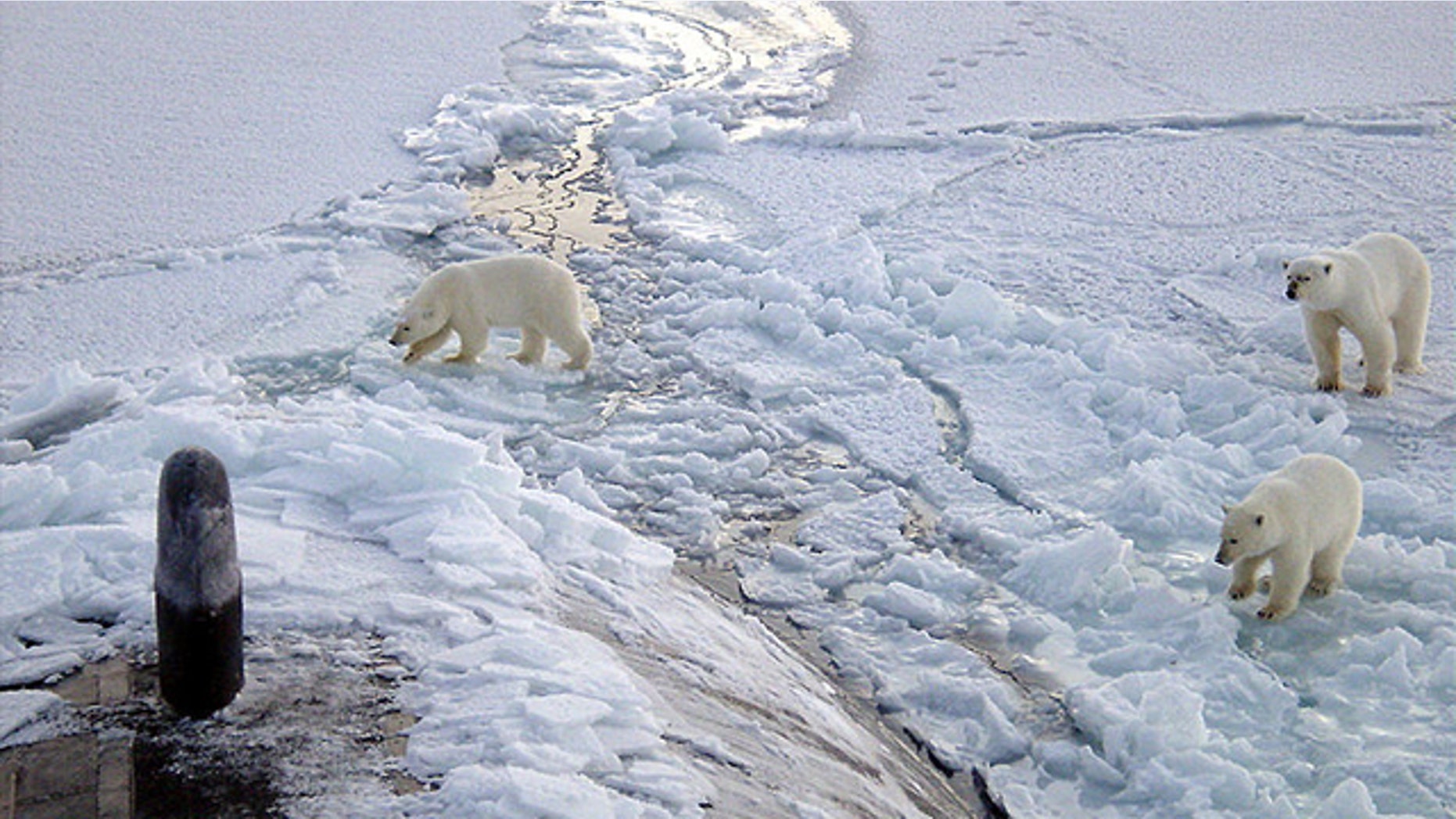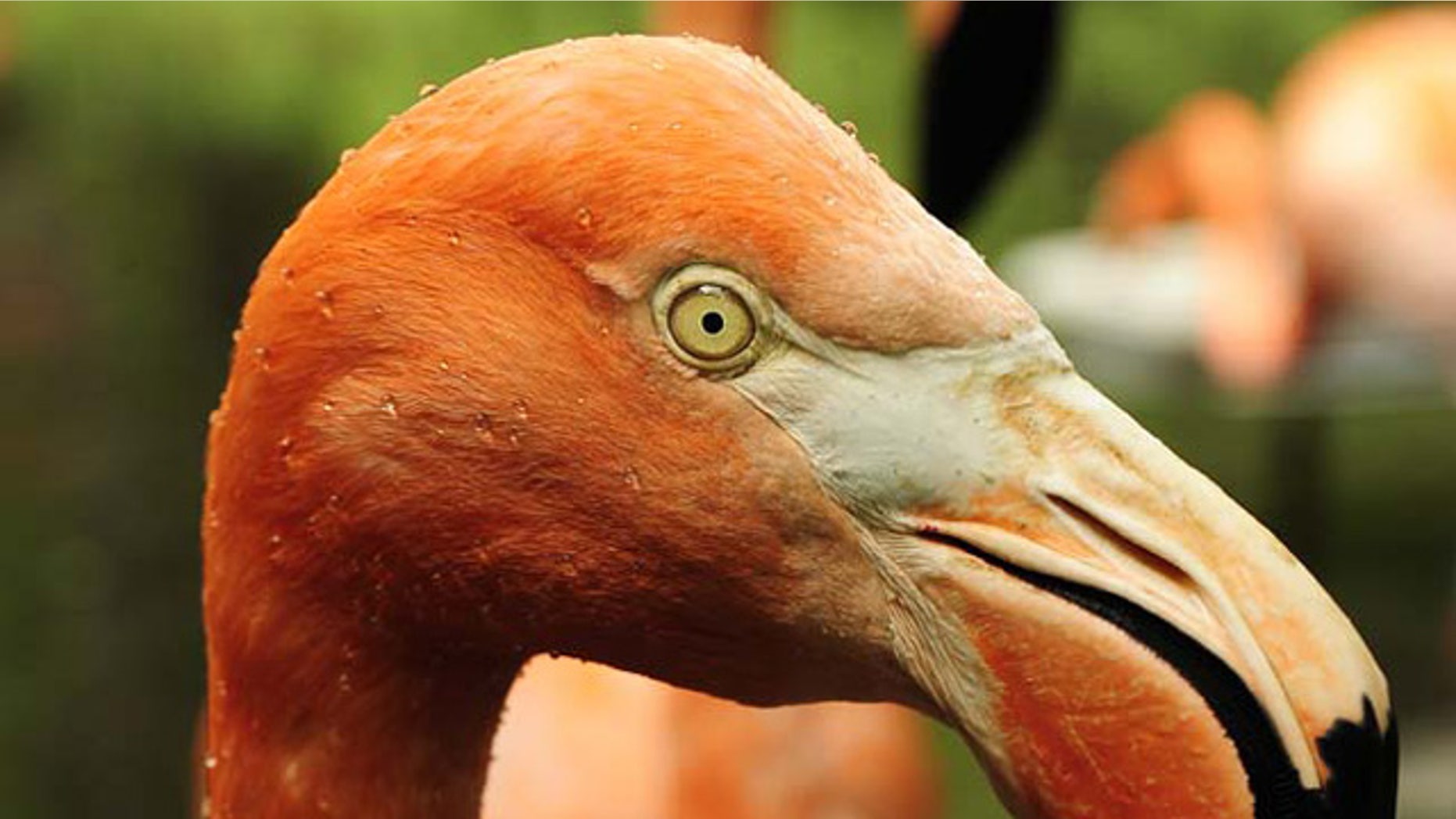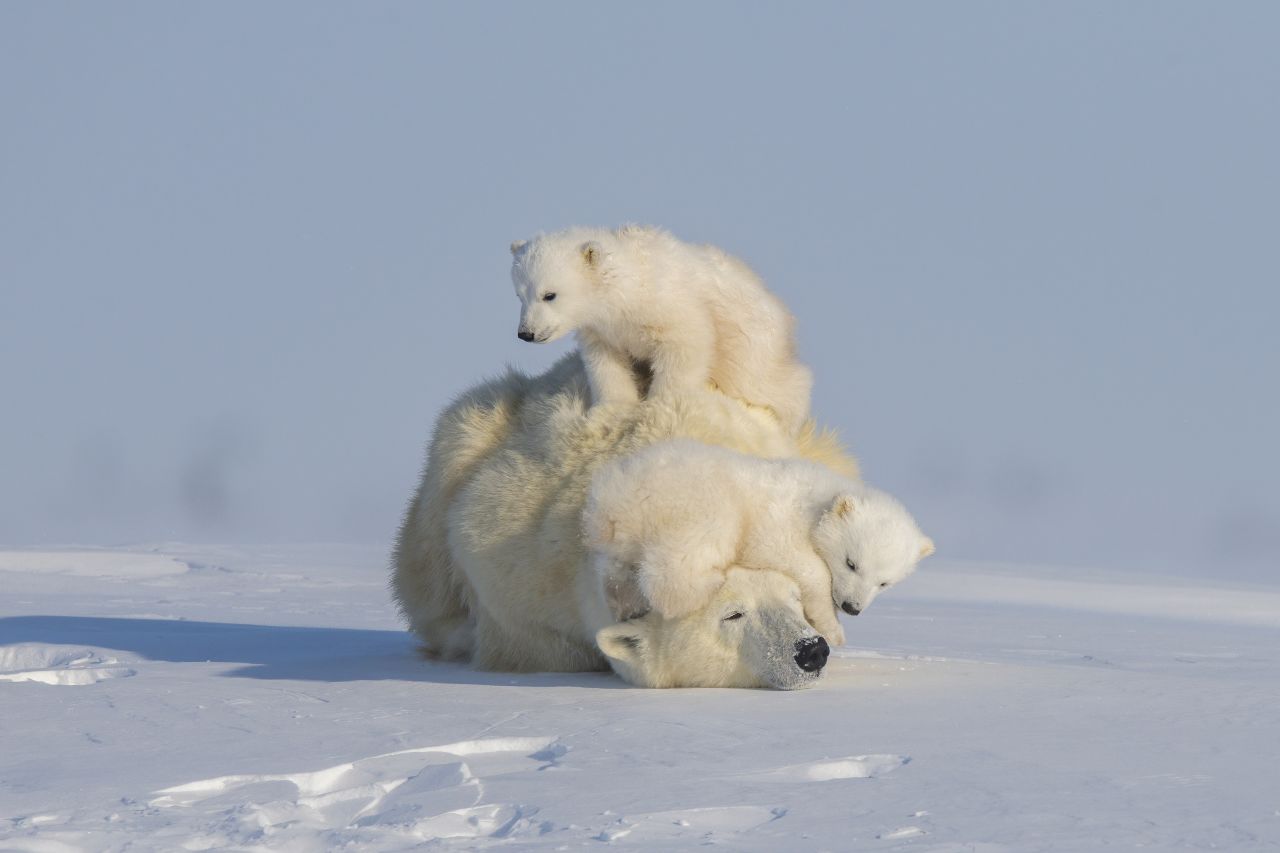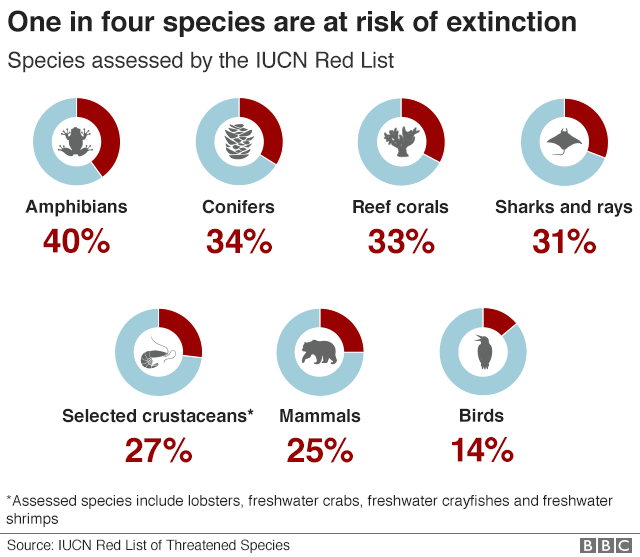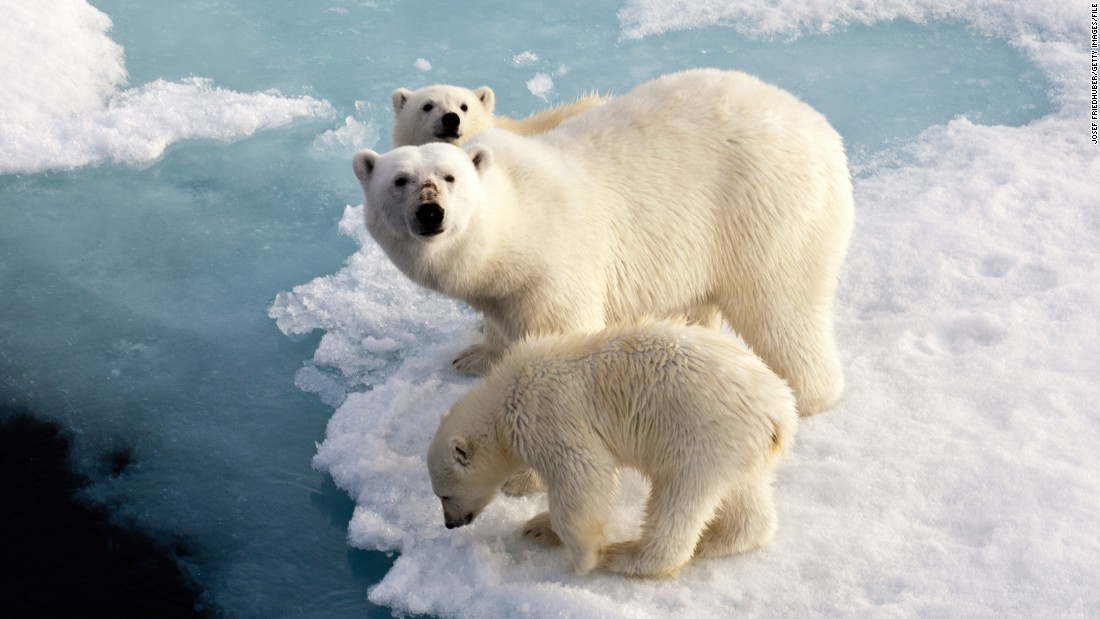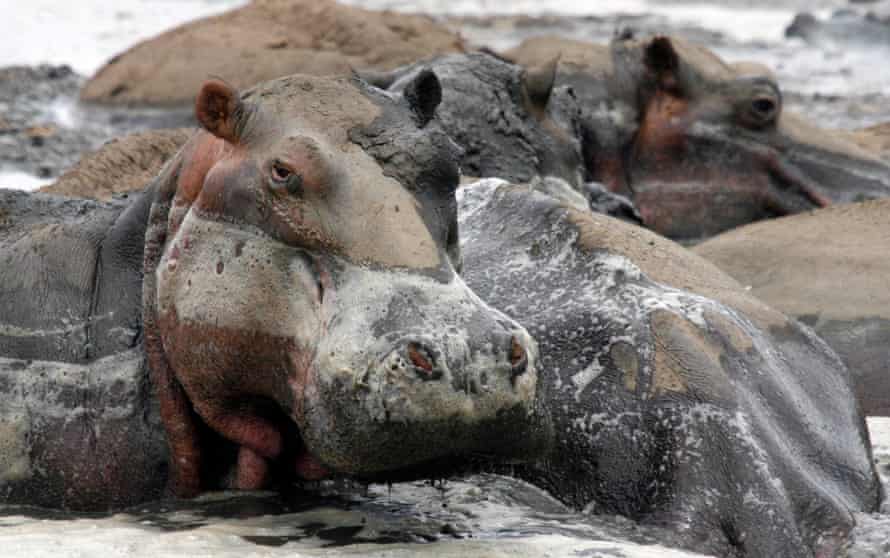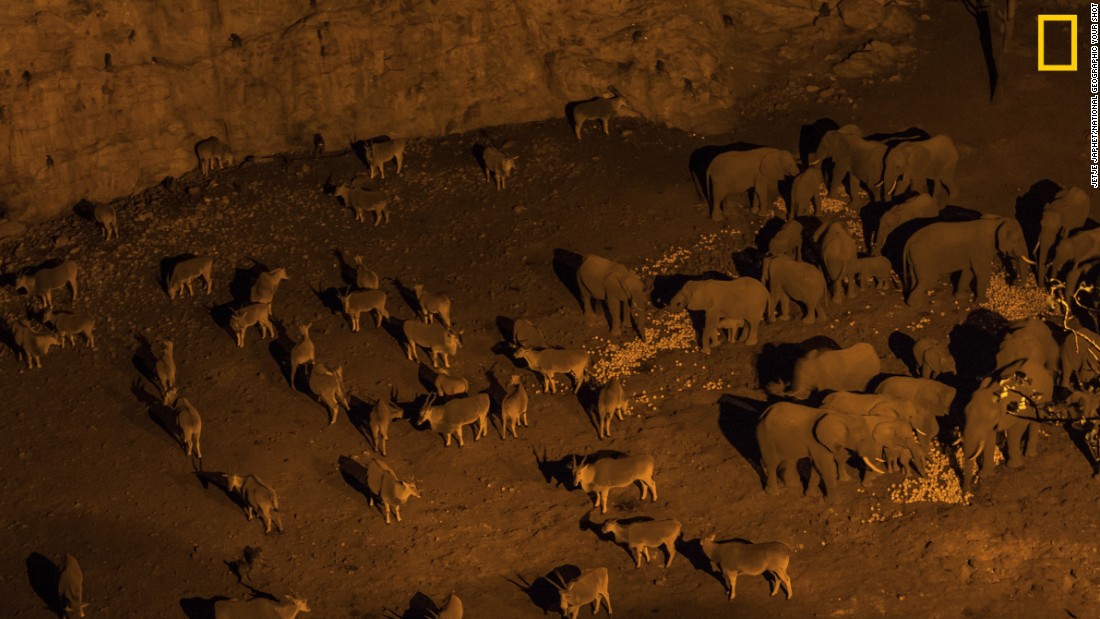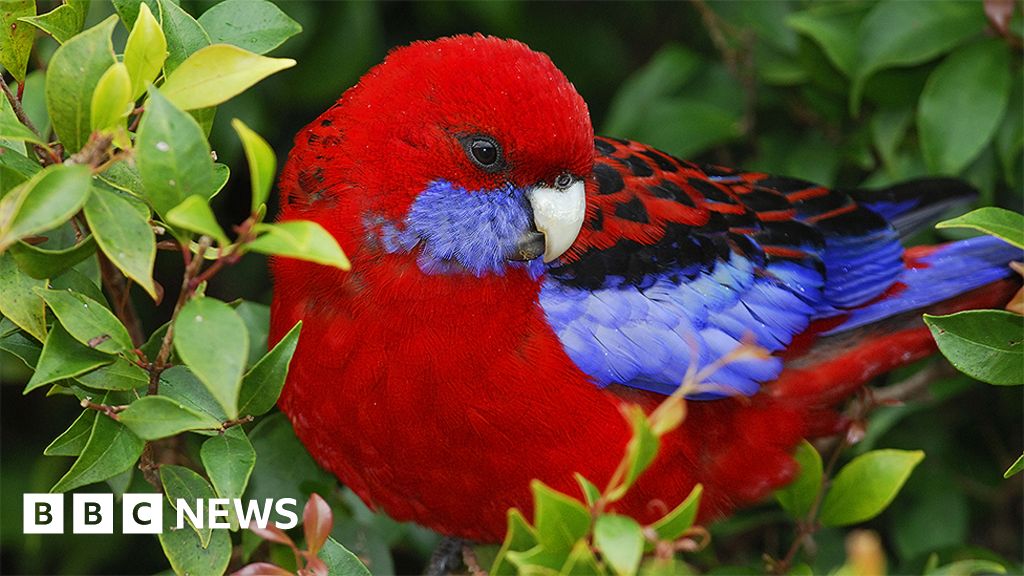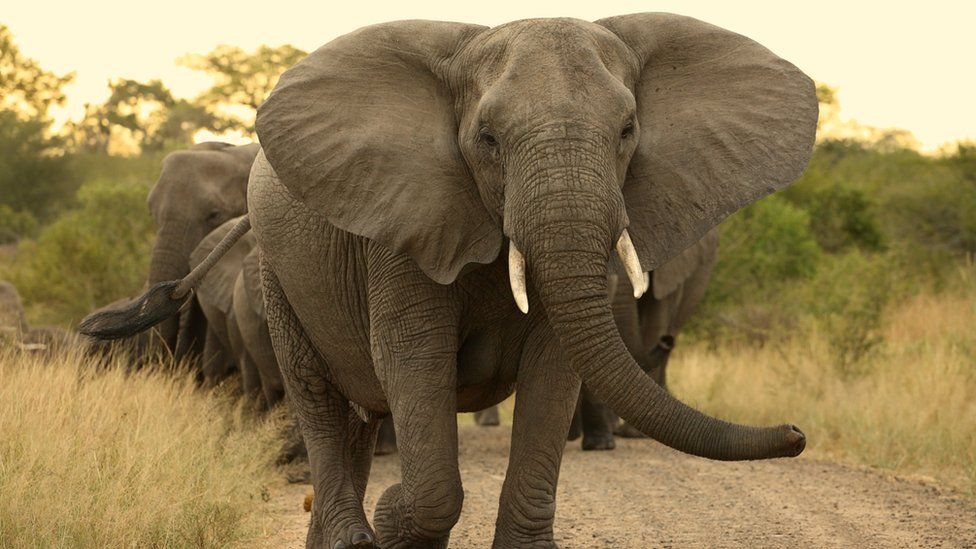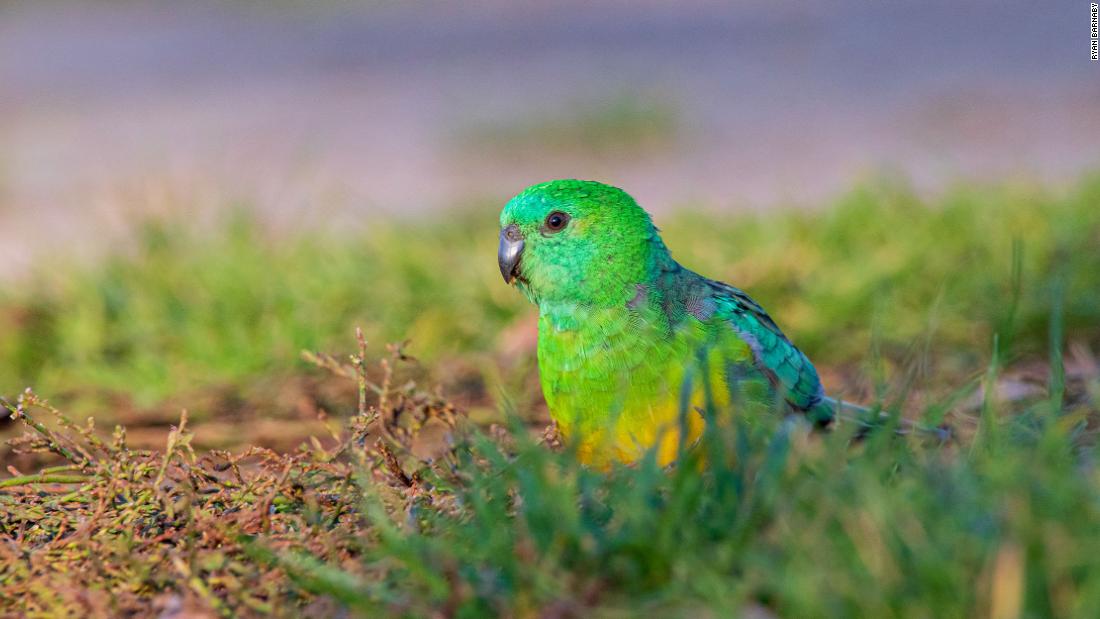Animals Threatened By Climate Change
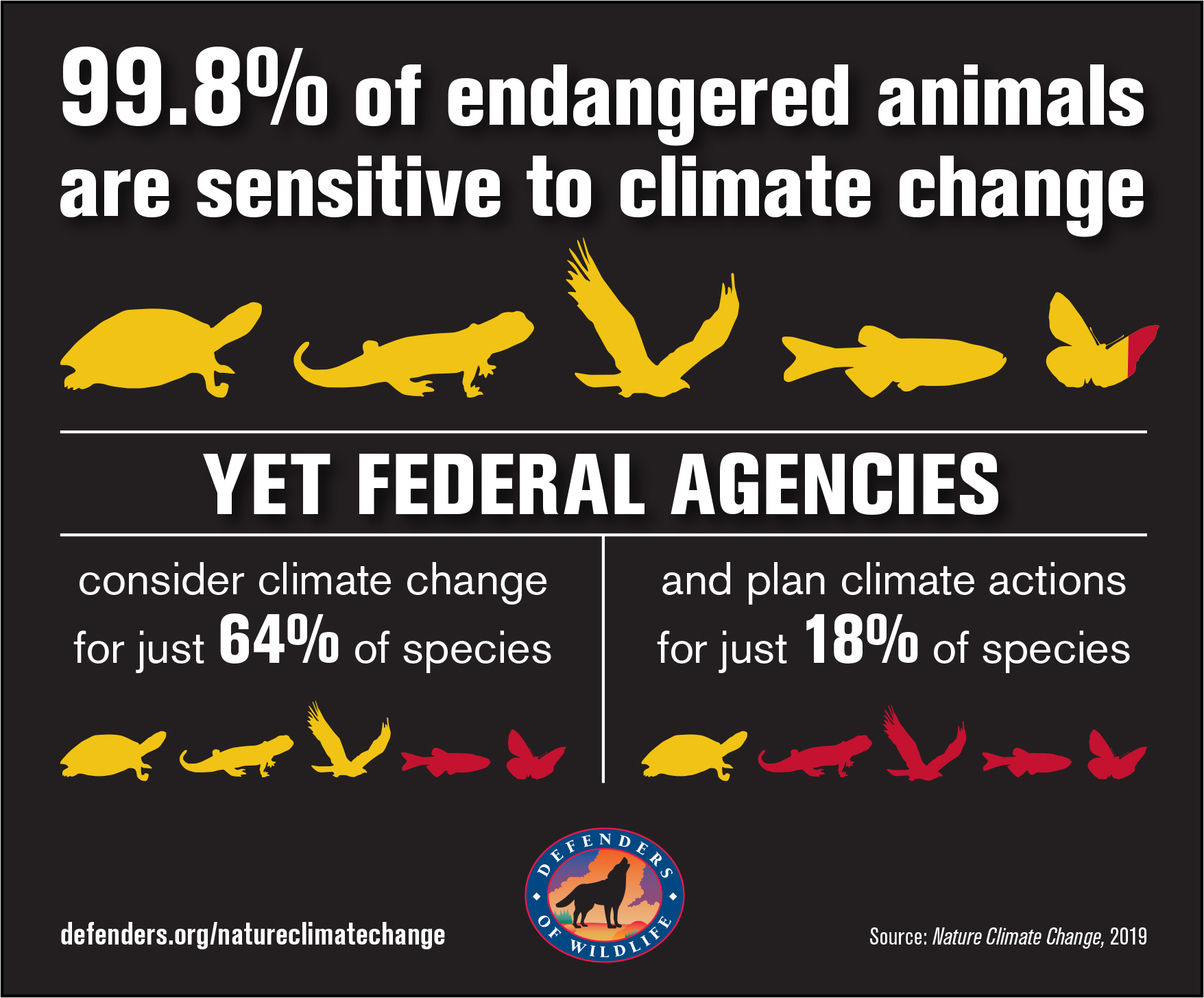
From melting ice caps to intensifying heatwaves, the fingerprints of climate change are increasingly evident across the globe. While the human impact is widely discussed, the devastating consequences for animal populations are often overlooked. Species around the world are facing unprecedented challenges to their survival, pushing many towards the brink of extinction.
This article examines the growing threat posed by climate change to diverse animal species. It explores how shifting habitats, altered food chains, and extreme weather events are disrupting ecosystems and endangering wildlife populations.
The Melting Arctic and its Inhabitants
The Arctic, one of the regions most vulnerable to climate change, is experiencing a rapid decline in sea ice. This has a direct and profound impact on iconic Arctic species like the polar bear and the walrus.
Polar bears rely on sea ice as a platform for hunting seals, their primary food source. With shrinking ice cover, they face longer periods of fasting, leading to malnutrition and reduced reproductive success. Walruses, similarly, depend on sea ice for resting and raising their young. As the ice disappears, they are forced to gather in large numbers on land, leading to overcrowding and stampedes.
Coral Reefs Under Pressure
Rising ocean temperatures and ocean acidification, both driven by climate change, are devastating coral reefs. These vibrant ecosystems, often called the "rainforests of the sea," are home to a vast array of marine life.
Coral bleaching, a phenomenon caused by heat stress, occurs when corals expel the algae living in their tissues, causing them to turn white and become vulnerable to disease. The Great Barrier Reef, the world's largest coral reef system, has experienced multiple mass bleaching events in recent years, threatening countless species that depend on it for survival.
Shifting Habitats and Migration Patterns
As temperatures rise and weather patterns change, many animals are forced to shift their habitats in search of suitable conditions. This can disrupt established ecosystems and create competition for resources.
For example, amphibians, particularly sensitive to environmental changes, are experiencing widespread declines due to habitat loss and altered breeding cycles. Many bird species are also altering their migration patterns, arriving at breeding grounds too early or too late to find food and mates.
"Climate change is not just an environmental issue; it's a threat to biodiversity and the intricate web of life that sustains us all," said Dr. Anya Sharma, a conservation biologist with the World Wildlife Fund (WWF).
Extreme Weather Events and Animal Populations
Climate change is increasing the frequency and intensity of extreme weather events, such as hurricanes, droughts, and floods. These events can have devastating consequences for animal populations, destroying habitats and causing mass mortality.
The devastating wildfires in Australia in 2019-2020, fueled by extreme heat and drought, killed or displaced an estimated three billion animals. Koalas, already vulnerable due to habitat loss, were particularly affected.
Flooding events can also destroy nesting sites and breeding grounds, impacting populations of birds, reptiles, and amphibians. Droughts can lead to water scarcity and food shortages, further stressing animal populations.
The Need for Action
The threats posed by climate change to animal populations are undeniable and require urgent action. Reducing greenhouse gas emissions, protecting and restoring habitats, and implementing conservation measures are crucial steps.
International cooperation and policy changes are essential to address the root causes of climate change. Individual actions, such as reducing our carbon footprint and supporting sustainable practices, can also make a difference.
The fate of countless animal species hangs in the balance. By taking action now, we can help ensure a future where wildlife can thrive in a changing world.
